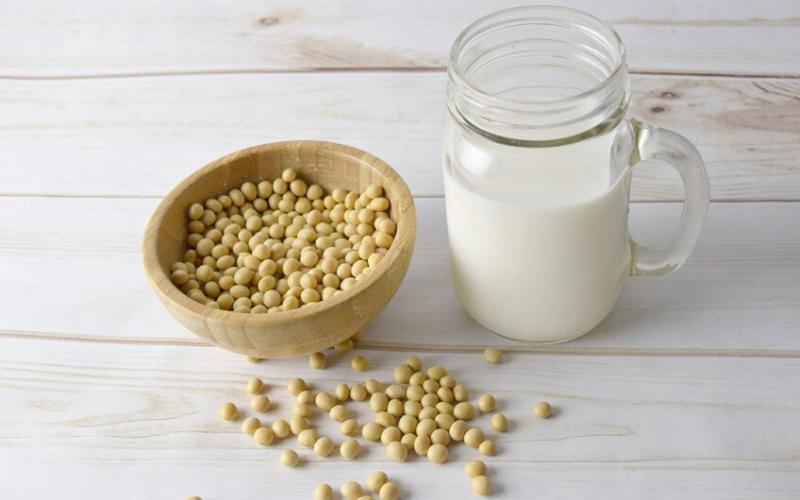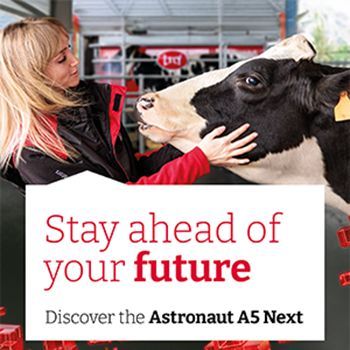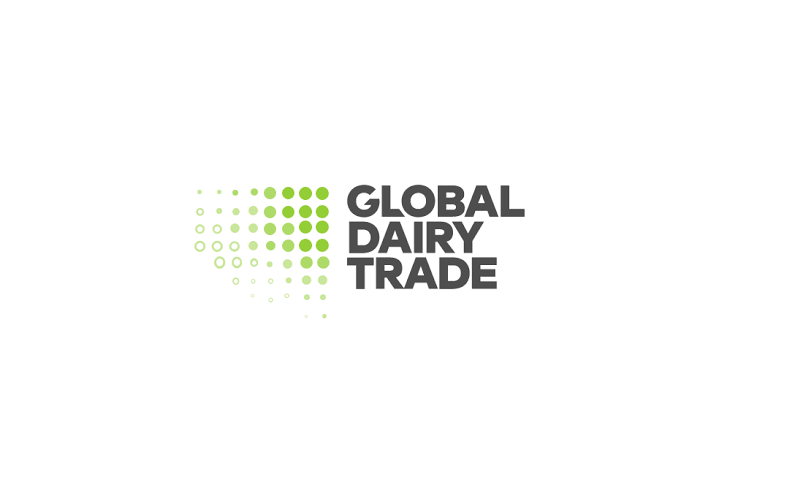Growth of Animal-Based Dairy Milk Alternatives Driven by Health Trends

The market for animal-based dairy milk alternatives is experiencing significant growth, with projections indicating it will reach USD 10 billion by 2035, growing from USD 4,700 million in 2025. This represents a compound annual growth rate (CAGR) of approximately 7.8% over the forecast period from 2025 to 2035.
Key factors driving this growth include the increasing prevalence of lactose intolerance, which affects a substantial proportion of adults worldwide, particularly in Asia and Africa. Consumers in these regions are turning to alternatives such as goat and camel milk, known for their easier digestibility.
In addition to digestibility, animal-based dairy alternatives offer nutritional advantages. Goat milk is rich in calcium, potassium, and vitamin A, while camel milk is noted for higher iron and vitamin C content compared to cow's milk.
Innovation plays a crucial role in market expansion, with manufacturers developing a wide variety of products beyond plain milk, including yogurts, cheese, and ice creams. Sustainable and ethical production practices are also appealing to environmentally conscious consumers.
Regional demand varies, with Europe and North America seeing significant growth due to higher disposable incomes and health awareness. In contrast, traditional non-cow milk consumption in Asia-Pacific supports rising market adoption.
Despite its promise, the market faces challenges such as high production costs and the need for consumer education. Regulatory compliance remains essential to ensure quality and safety across diverse products.











